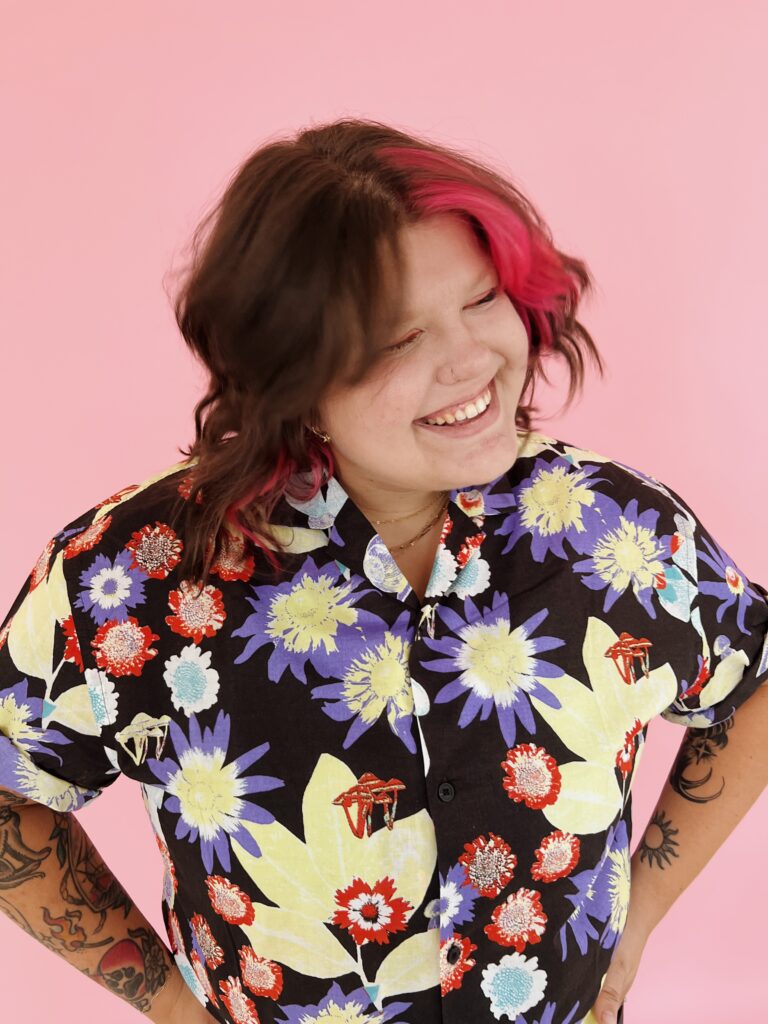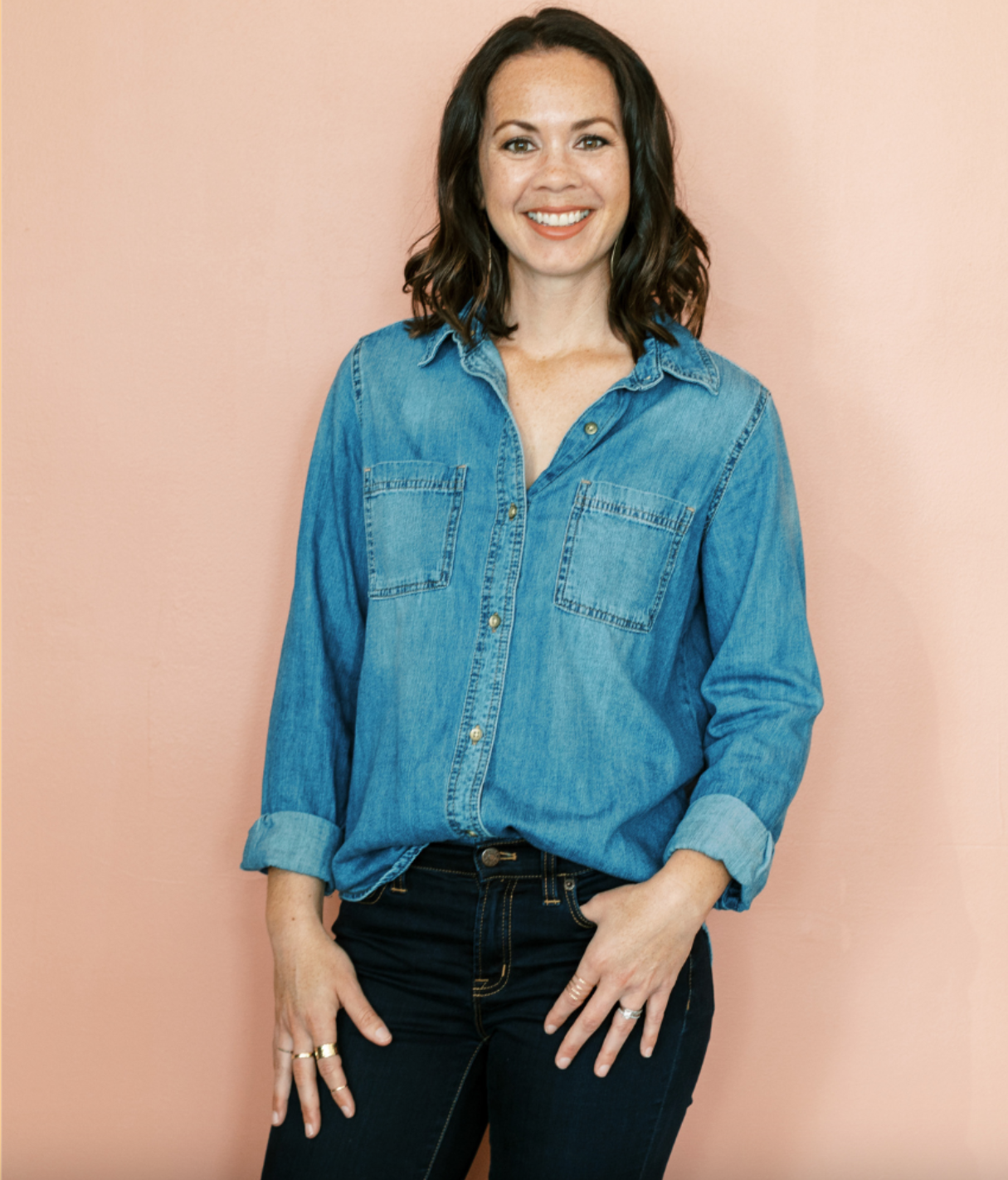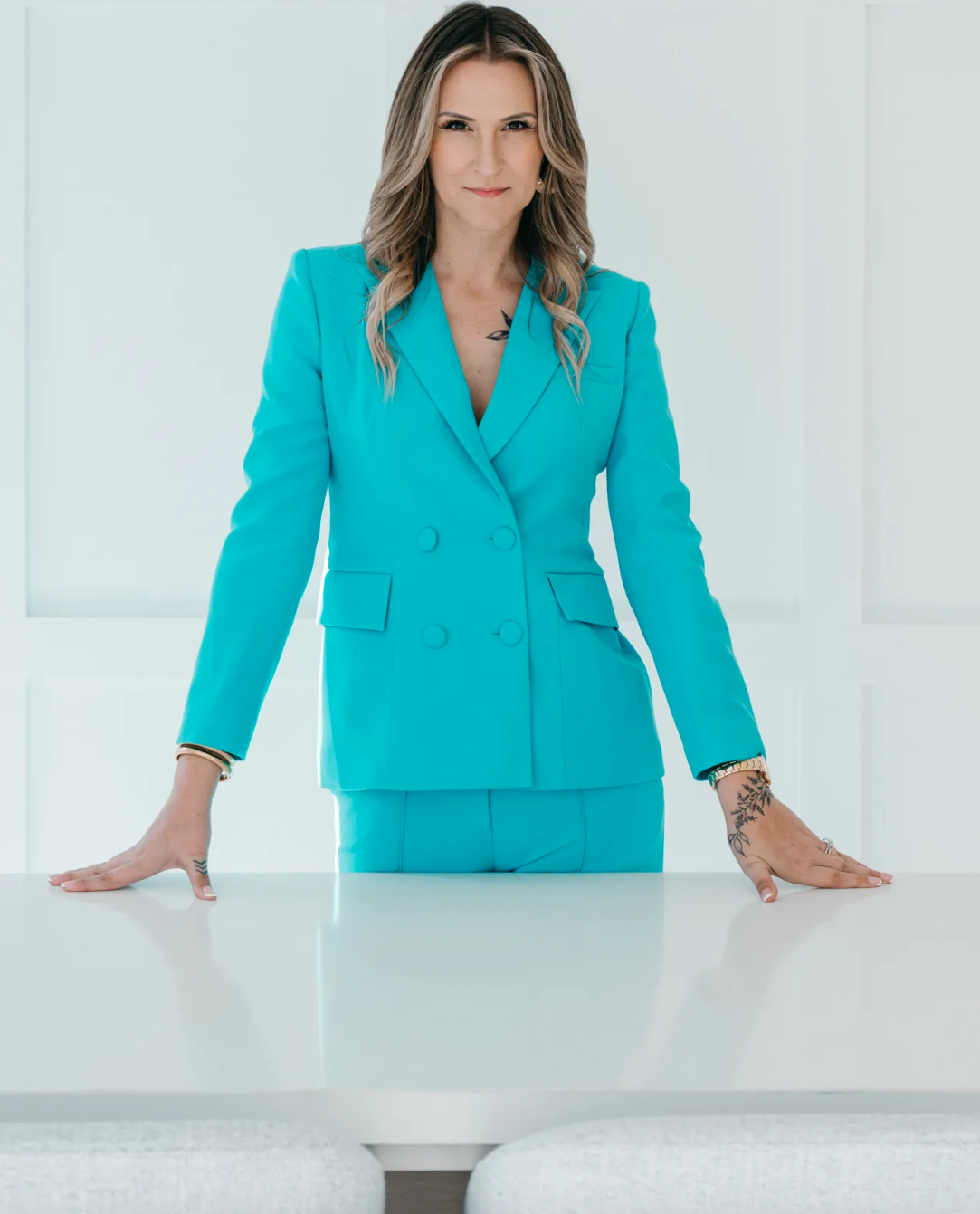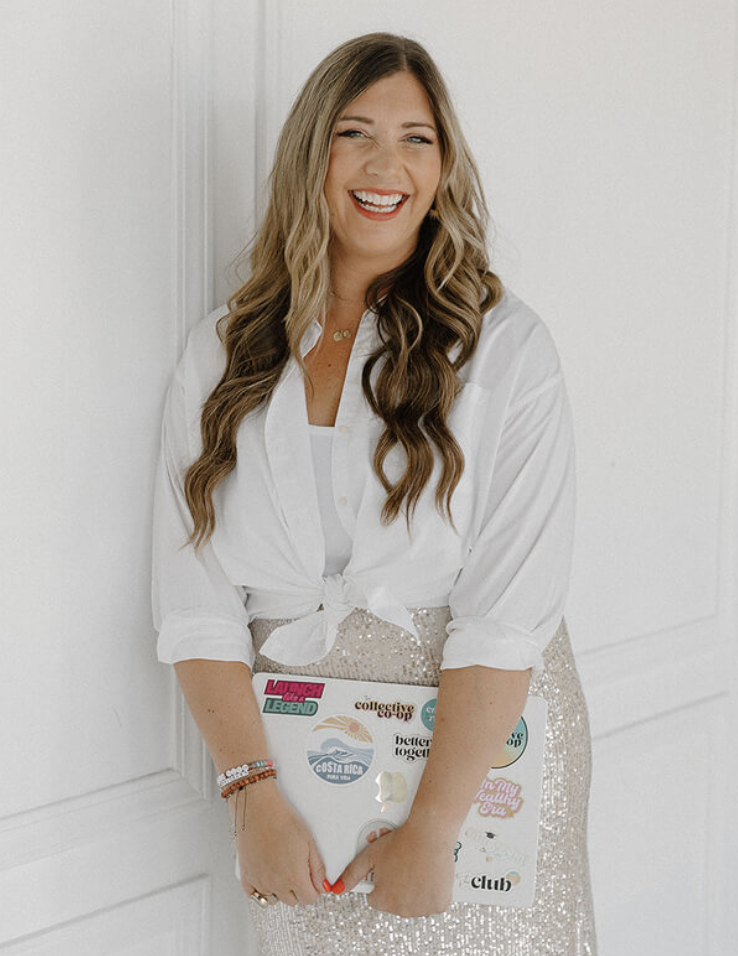If your website still says “bride and groom” as the default, we need to talk.
Because being inclusive in the wedding industry isn’t just about showing up in June with a rainbow logo. It’s about doing real work—from how you speak, to how you show up, to who you center in your brand. And it matters more than ever.
In this post, we’re unpacking what true inclusivity looks like in the wedding space, with wisdom straight from queer photographer and educator Celeste Burns. These insights come from a rich conversation on The Accidental CEO podcast, hosted by Nata Salvatori, that tackled the uncomfortable but necessary question: are wedding vendors actually creating safe spaces for LGBTQ+ couples?
Spoiler: Most aren’t. But they can.

What LGBTQ+ Couples Face When Wedding Planning
“Looking for wedding vendors is like, I have to constantly be coming out over and over and over again.”
This line from Celeste says it all.
For queer couples, planning a wedding isn’t just booking florals and tastings. It’s constantly navigating whether or not a vendor will make them feel safe, seen, and respected. That emotional labor? Exhausting.
Vendors who claim to be “inclusive” but don’t actually show it make this worse.
So what does real inclusivity look like?
The Common Missteps (That You Might Be Making)
1. Gendered Language
Still defaulting to “bride and groom”? That alone can be a deal-breaker. Use terms like “partner,” “spouse,” or “couple.”
2. No Pronoun Practice
If you’re not asking for pronouns in your inquiry forms or conversations, you’re assuming. And assumptions break trust.
3. Heteronormative Portfolios
If every photo on your site shows a straight, cis couple, what message are you sending? Visibility matters.
4. Performance Over Practice
Waving the pride flag once a year doesn’t cut it. Inclusion should be visible year-round, not performative.
5 Ways to Make Your Business Inclusive—For Real
1. Ask for Pronouns (and Use Them Correctly)
It’s not invasive—it’s respectful. Normalize this across your forms, emails, and calls. And if you mess up? Apologize simply, correct yourself, and move on. No drama.
2. Audit Your Website and Forms
Replace gendered terms. Review your copy. Check if your FAQs, timelines, or packages assume traditional roles or hetero dynamics.
3. Show Real, Diverse Love Stories
Representation builds trust. Make sure your portfolio, testimonials, and IG feed reflect couples of different genders, races, body types, and orientations.
4. Educate Yourself and Your Team
Don’t expect your clients to teach you. Read, attend workshops, follow educators like Celeste Burns. Be proactive.
5. Build Community, Not Just Client Lists
Create or join vendor directories that highlight LGBTQ+-friendly pros. Refer clients to inclusive peers. Walk the talk.
Inclusivity Isn’t a Checkbox—It’s a Culture
Being inclusive isn’t a marketing angle. It’s a daily commitment to respect, representation, and real connection.
As Celeste says, “Safe space isn’t a tagline—it’s earned.”
You don’t have to be perfect. You just have to be willing to do better, every day.

Ready to Start?
Here’s your checklist:
- Swap out gendered terms in your forms
- Add pronoun fields to inquiries
- Update your portfolio with diverse couples
- Commit to continuous learning
- Refer only inclusive vendors
Want more? Listen to Celeste Burns’ full interview on the Accidental CEO Podcast. Get the real, raw story—plus bonus insights you won’t find anywhere else.
SUBSCRIBE ON YOUR FAVORITE PODCAST PLAYER



